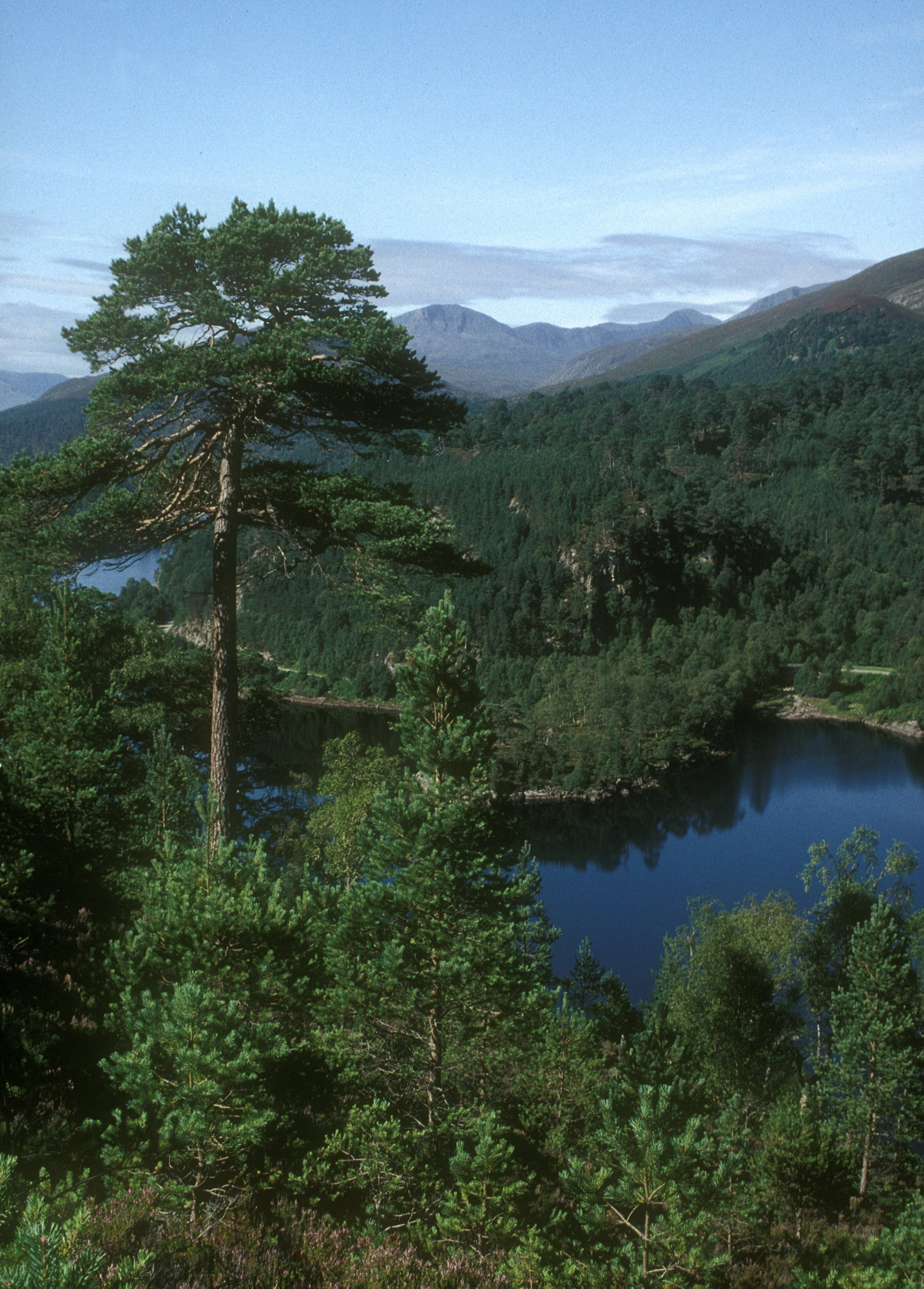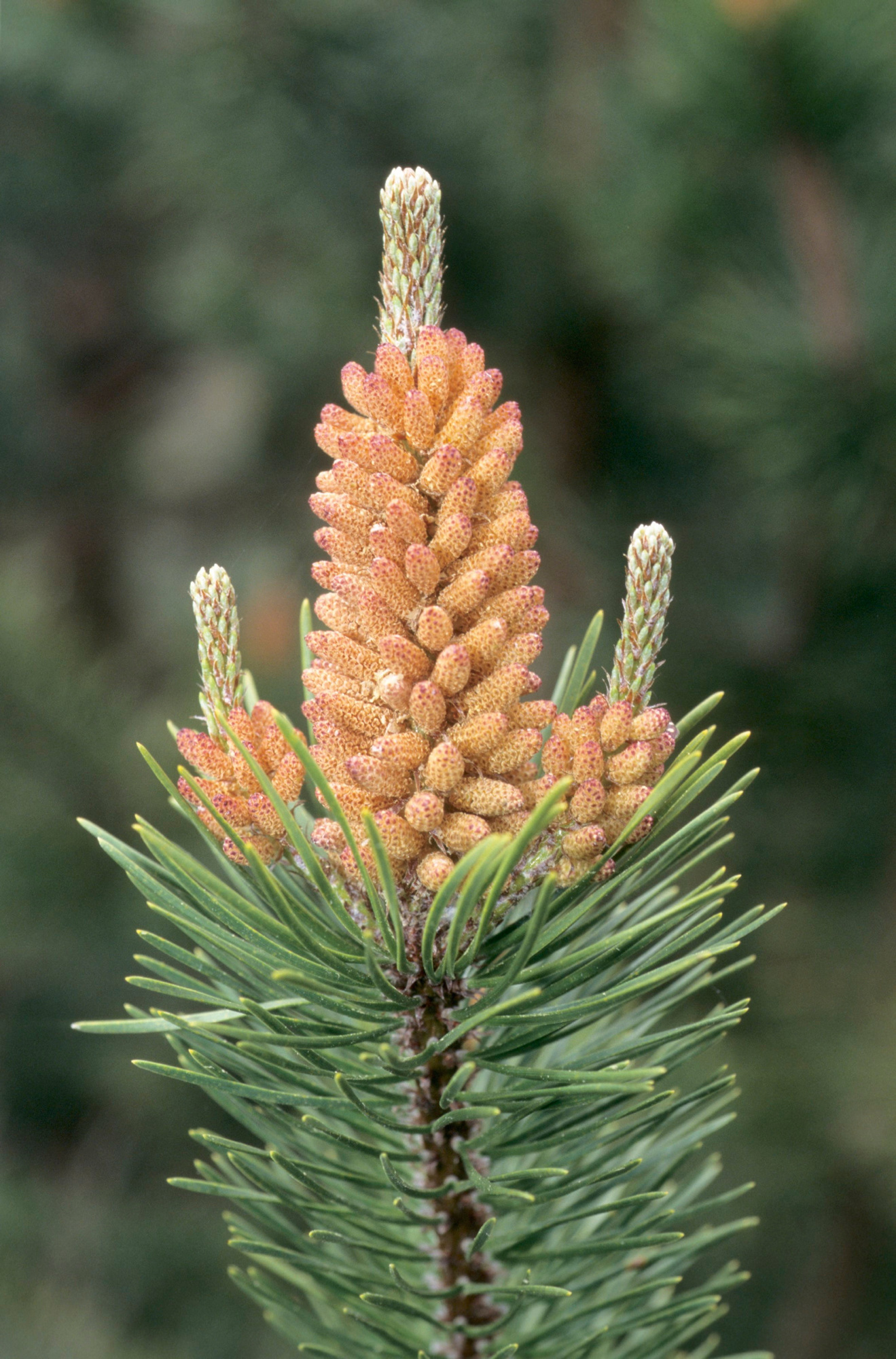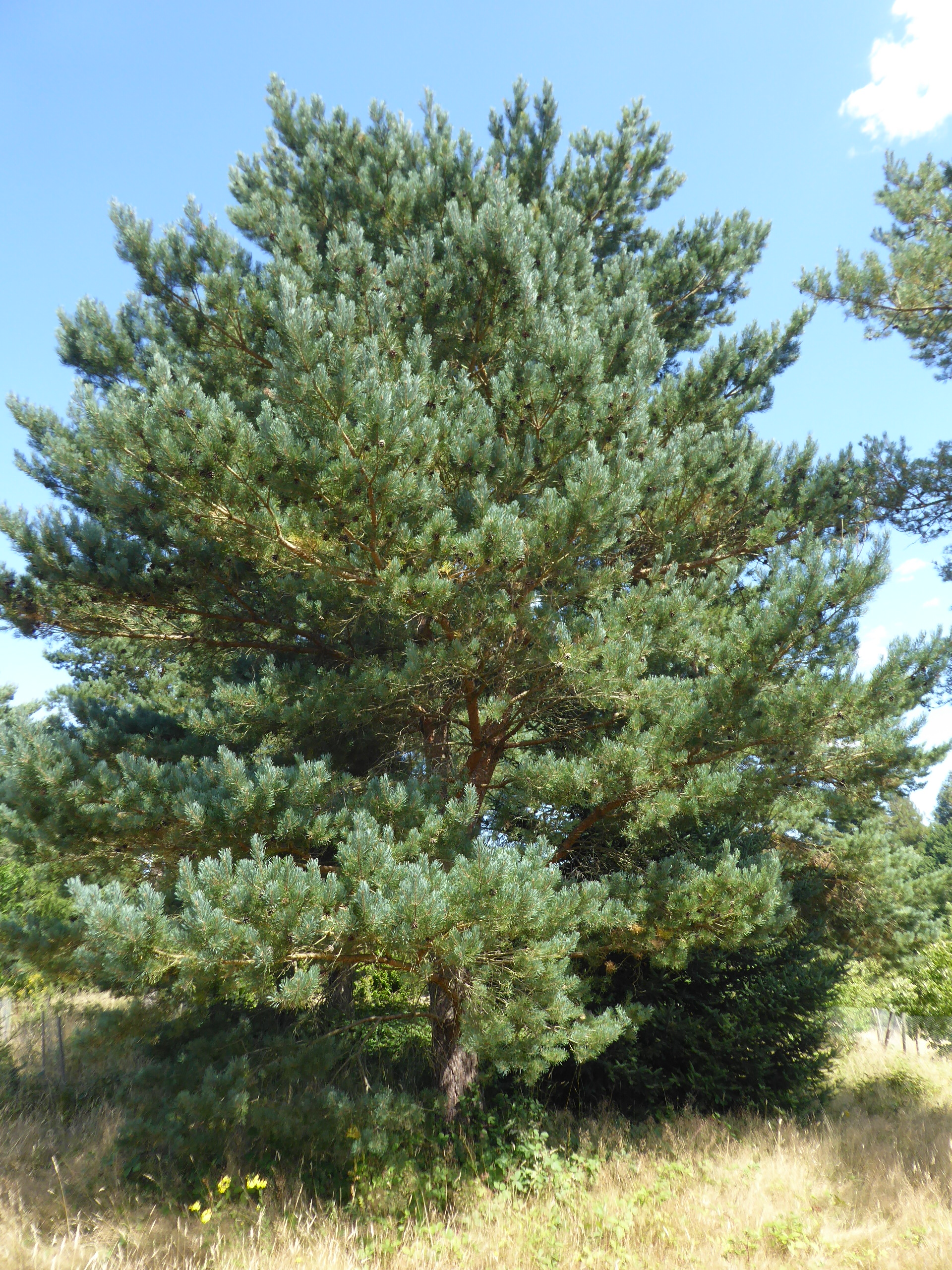Scots pine (SP)
Scots pine is one of three native conifers but is the only one of commercial importance. An early re-coloniser after the last ice age and considered native in north and west Scotland and colloquially known as the Caledonian pinewoods; they are of significant ecological importance. Elsewhere in Britain it is well suited to many sites where its vigour and robustness make it an important timber species.
Scots pine is tolerant of dry conditions which makes this an increasingly valuable species for sites in eastern Britain where drought risk is likely to increase under climate change.
Scots pine is categorised as a principal tree species. These are tree species where silvicultural knowledge provides confidence to enable successful deployment across Britain. The species are either already widely used or are increasing in usage. They will continue to be important unless affected by a new pest or disease or become adversely affected by climate change.





Range
This is the most widespread conifer species in the northern hemisphere. Its natural range stretches from Scotland in the west to eastern Asia (to the Pacific coast), and in Europe from Scandinavia in the north to central Spain.
Provenance Choice
The wide distribution of Scots pine requires careful consideration of provenance choice. In the native pinewoods of Scotland, the appropriate local seed origin should be used. Elsewhere, material from British seed orchards is recommended although in the oceanic conditions of western Britain seed from the western native pinewood zones should be considered. The extensive range of Scots’ pine’s demands further provenance trialling.
Site Requirements
Scots pine is a light demanding pioneer species that grows well on acid to neutral, light soils of low fertility. Annual rainfall across its natural range is between 200 and 2000 mm. It is better suited to drier soils but will colonise and grow slowly on peat: does not tolerate alkaline soils. It will grow vigorously when planted on more fertile sites, but stem form is often poor.
Scots pine is a frost hardy, drought tolerant and windfirm but suffers from exposure. A traditional afforestation species because of its ability to survive and grow under difficult conditions and it can be used as a nurse for more demanding species.
Further detail on the site requirements of Scots pine in current and future climates can be examined using the Forest Research Ecological Site Classification Decision Support System (ESC).
ECOLOGICAL SITE CLASSIFICATION TOOL
Silviculture
When grown in pure stands, Scots pine can be planted or naturally regenerated to provide a stocking density of at least 2500 stems ha-1 for timber production. Lower densities risk the development of coarse branches on the lower stem that will result in timber downgrade unless pruned to 5-6 m height.
Both bare-root and containerised seedlings can be reliable planting stock. Good site management and control of browsing pressures should ensure trees are ‘free to grow’ by six years which will ensure canopy closure by 15-20 years. In even-aged stands, rotations of 60-80 years are common, but longer rotations may result in improved timber quality and allow greater potential for natural regeneration. The average yield class is around 8 m3 ha-1 yr-1 but values of 12 or more can occur on more fertile sites.
Although often found in even-aged monocultures, Scots pine is well suited to growing in mixtures and irregular or two storied stands, provided the local windthrow risk allows regular thinning. However, the light demanding nature of the species can make it difficult to achieve natural regeneration unless large gaps are created and/or competing ground vegetation is controlled; this should provide a favourable regeneration site.
Scots pine is a pioneer species and can regenerate prolifically. This potential can be useful when desired but considered invasive when not. Scots pine starts to produce seed from about 15-20 years of age and subsequent good seed crops can occur at 3-5-year intervals. Following good seed years and favourable site conditions, natural regeneration can be abundant with densities of 5 to 10 thousand seedlings ha-1 or more. Once established, such regeneration should be respaced to favour the better-quality stems.
Pests and Pathogens
Scots pine can suffer from several shoot and needle diseases caused by fungi. These include Lophodermium, Brunchorstia and red band needle blight (Dothistroma septosporum). The impact of these pathogens can be reduced by early and regular thinning to increase air flow within stands. Scots pine can also be affected by Peridermium rust and it is susceptible to conifer root and butt rot (Heterobasidion annosum).
Pine shoot beetle (Tomicus piniperda) can attack standing trees resulting in dead and dying shoots. The pine-tree lappet moth (Dendrolimus pini) is a more recent concern having been discovered in 2008 in northern Scotland to the west of Inverness. This moth poses a significant threat to British pine forests and is a Notifiable pest; suspected sightings should be reported via TreeAlert.
A potential future pest not yet in Britain is pine processionary moth (Thaumetopoea pityocampa). This is a serious pest of pine forests in southern Europe and Mediterranean countries and is found as far north as central France. Pine processionary moth is a Notifiable pest. Suspected sightings should be reported via TreeAlert.
See our other tools and resources
Further Resources
Internal
In addition to the general sources of information for species the following are useful for Scots pine.
Mason, W.L., Hampson, A. and Edwards, C. (Editors). 2004 Managing the pinewoods of Scotland. Forestry Commission Management Handbook, Forest Research Publications, Chetham House, Cheshire, SK3 0ZP.
External
In addition to the general sources of information for species the following are useful for Scots pine.
Reynolds, C et al. (2021) Providing the evidence base to diversify Britain’s forests: initial results from a new generation of species trials. Quarterly Journal of Forestry 115: 26-37.
Reynolds, C., Kerr, G., and Forster, J. (2022) Alternatives to Corsican pine: evidence and experience from a long-term experiment in Thetford Forest. Quarterly Journal of Forestry, 116(2), 92-99.



